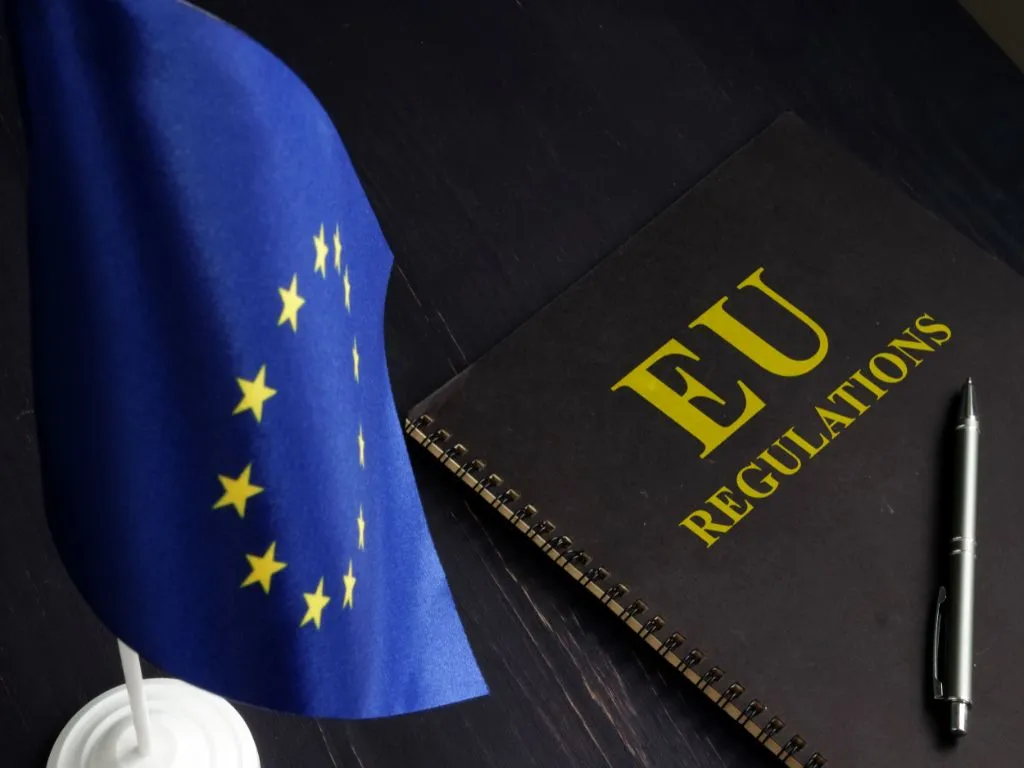- Home
- News Details
News Details

European Council Adopts New CLP Regulation to Improve Chemical Safety
2024-10-15 Reference source : European Council
Amendment CLP Hazardous chemicals Endocrine Disruptors Classification Labelling and Packaging
UPDATE: The new CLP Regulation (Regulation (EU) 2024/2865) was published in the Official Journal of the European Union on 20 November 2024 and will enter into force on 10 December 2024. The full text can be found here. In addition, ECHA published its updated guidance on the application of CLP criteria on 13 November 2024, to reflect these regulatory changes and provide enhanced support for compliance.
Original text:
On 14 October 2024, the Council of the European Union adopted a new Regulation on the Classification, Labelling, and Packaging (CLP) of Chemical Substances. This update modernises the 2008 CLP Regulation to better reflect evolving chemical hazards and trends in trade and consumer protection.
The adoption marks the final step in the legislative process. Once signed by the President of the European Parliament and the President of the Council, the new CLP Regulation will be published in the Official Journal of the European Union and will enter into force three days later.
CLP Background
The European Commission proposed the CLP revision in December 2022. A provisional agreement was reached between the European Parliament and the Council in December 2023. The adoption concludes the legislative process, aiming to better protect consumers and the environment from chemical hazards.
Key Changes to the CLP Regulation
The newly adopted CLP Regulation focuses on improving chemical safety by:
-
Ensuring faster identification and classification of new hazards, including endocrine disruptors.
-
Clarifying labelling requirements for both traditional and digital formats.
-
Adapting the rules to modern trading practices such as online sales and bulk purchasing.
-
Promoting the circular economy through refill stations and more sustainable product handling.
A key feature of the new regulation is the introduction of voluntary digital labelling and specific rules for chemical refill stations. Additionally, the Regulation provides for a five-year grace period for non-modified substances of botanical origin with more than one constituent (MOCS).
Strengthening the Chemicals Strategy for Sustainability
This revision is part of the broader Chemicals Strategy for Sustainability, which supports the European Green Deal. Together with the planned revision of the REACH Regulation, the updated CLP legislation aims to create a more sustainable and toxic-free environment.
We acknowledge that the above information has been compiled from European Council.
Global Product Compliance (GPC) specializes in Global Regulatory Compliance Solutions across sectors
globally. SSS Europe, a familiar name in chemical regulatory and compliance services now formally belongs
under the umbrella of GPC Holding Sweden.
Since 2008, we have emerged as one of the leading names among Global Regulatory Compliance Service
Providers with Representation services in Europe, Asia and Middle East for respective chemical
regulations.

 Twitter
Twitter
